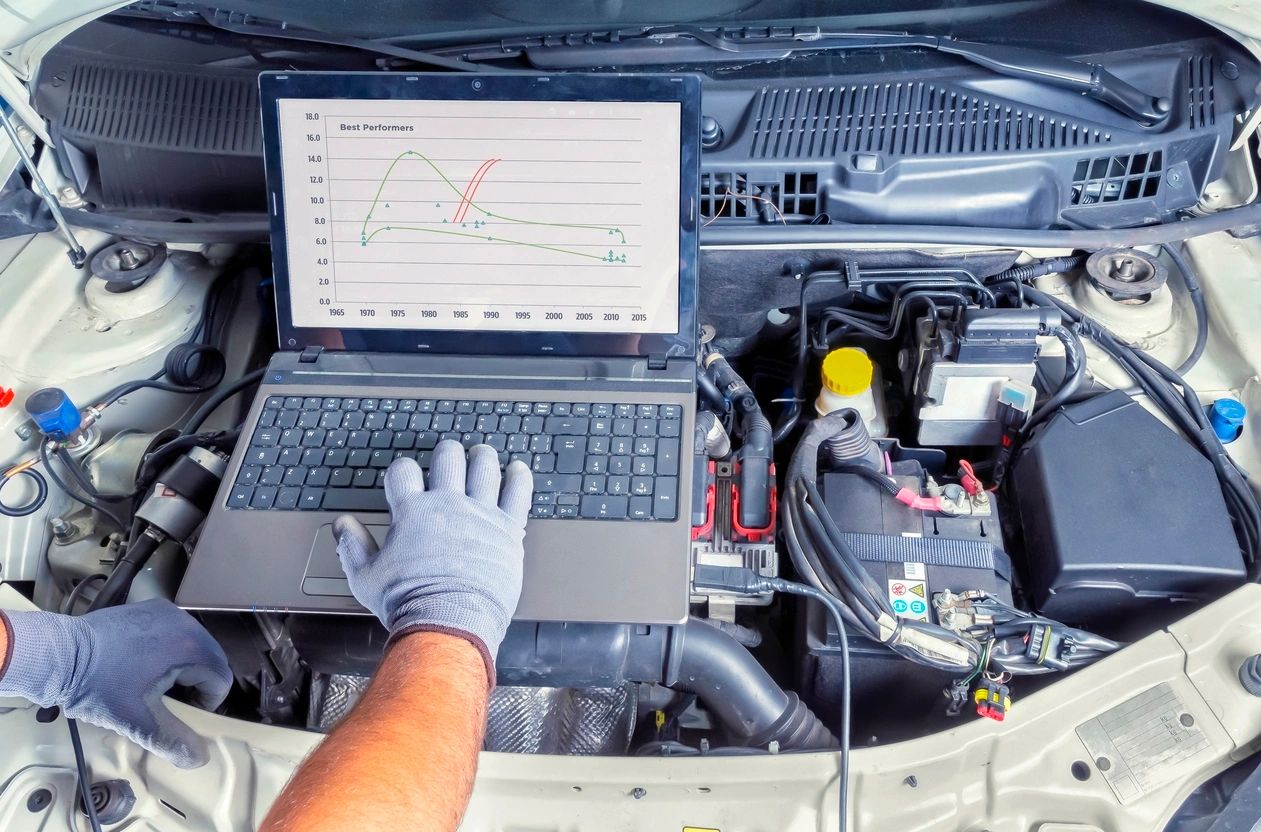Trade-in vehicles in negative equity are at a two-year high, according to Edmunds data.
Of those traded in the fourth quarter for new-vehicle purchases, 20.4% were in negative equity, up from about 18% a year earlier and 15% two years earlier, Edmunds says.
The average debt level of borrowers in negative equity situations, meanwhile, climbed from $5,347 in the fourth quarter of 2022 to a record $6,064, which is up 46% from two years earlier.
Edmunds said that with renewed new-vehicle sales due to replenished inventories and the return of incentives, used-vehicle transactions have in turn cooled.
“With demand for near-new vehicles on the decline, used car values are depreciating similarly to the way they did before the pandemic, and negative equity is rearing its ugly head,” said Director of Insights Ivan Drury in a press release.
Consumers who paid more than manufacturer’s suggested retail prices during the pandemic are the most vulnerable to going under water because their newer trade-in models are most prone to big value declines.
The average transaction price of 1-year-old vehicles fell 15% in the quarter to $38,720, Edmunds said. ATP of 2-year-old models fell 9% to $32,583.
It’s the reverse of the pandemic scenario of scarce used vehicles due to supply constraints’ effect on new-vehicle production.
“During the last few years, consumers could jump into new car loans and their trade-ins were shielded from negative equity because some dealers, desperate for used inventory, were willing to pay near original purchase prices,” Drury said. “These days, consumers need to be more careful — especially if they’re trading in newer vehicles — because near-new cars are being hit the hardest by depreciation.”
Originally posted in F&I Showroom. https://www.fi-magazine.com/373319/more-trade-ins-under-water






